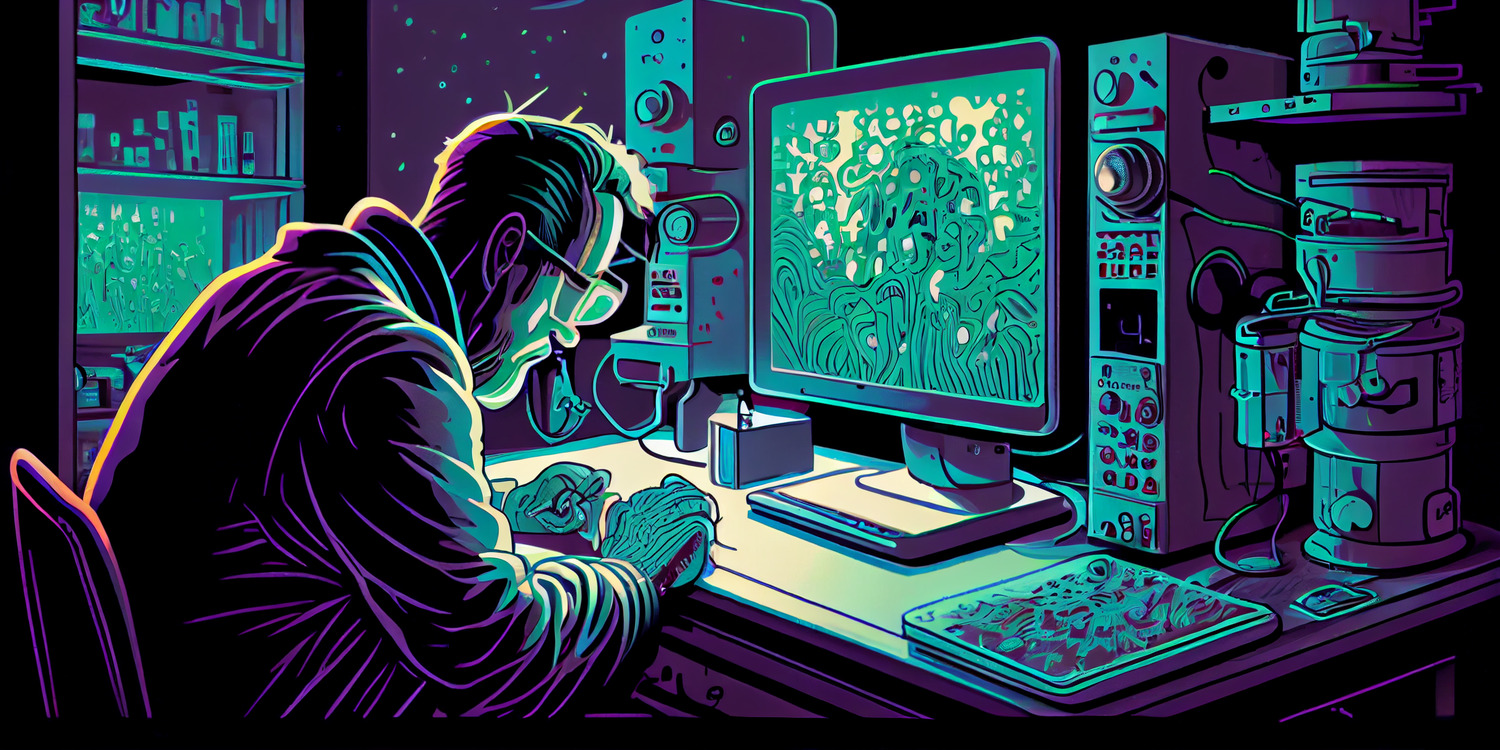The live debugger for any situation
When a program doesn’t work and you don’t know why, the first thing you reach
for is a debugger. Whether that’s a process-attached tool like GDB, the Dev
Tools panel of your browser, or just a series of logger.log("now I'm here (3)"); statements littered through the code (my preferred method), you’ll soon
have it figured out.
What if there was a way to apply the same deliberate, iterative approach to management challenges? Surprise, there is!
We’ve all had this experience. You’re testing a change you’ve been working on, the program runs perfectly at first, and then some seemingly random thing goes completely wrong. You set a breakpoint or add some logging and within a few minutes you discover that a minor assumption you made somewhere in the logic was incorrect.
While you were writing the code, it all made sense. When you ran the code, it stopped making sense. When you added some debugging, it all started to make sense again!
As soon as a problem makes sense, it can be resolved!
Whether it’s ever-changing project scope, organizational chaos, looming deadlines, communication issues, or any of the myriad other challenges that face leaders in technology organizations today, don’t you wish you had a tool you could reach for that would make any problem make sense?
Spoiler alert: it’s coaching.
Humans don’t have a standard API. We aren’t rational state machines. We aren’t even remotely deterministic. When a problem involves humans, that problem is now unique in the history of the universe. Solving these kinds of problems is the domain of the leader.
What is often lacking from leadership in these situations is awareness. Some leaders see a problem, remember a time they solved a similar problem in the past, and immediately tell everyone to do the same thing that worked before without any regard for how the current situation might be different.
I call that “seagull management.” Swoop in, shit all over everything, and fly away. That’s not the kind of leader you want to be! How can you solve these nuanced problems in a thoughtful way?
Coaching creates awareness
When you talk, you are only repeating what you already know. But if you listen, you may learn something new.
—Dalai Lama
The first key skill for creating awareness is “active listening.” Whereas “hearing” is a sense (like taste or touch), “listening” is a skill (like juggling or beatboxing). Senses are innate, but skills can be trained.
Active listening means not only hearing the words, but also recognizing the meaning, the context, the intention, and hearing what is not being said. Listening in this way requires a great deal of focused effort and practice, but it unlocks massive amounts of data that you can exploit to reach a more complete understanding of what is needed.
The second key skill is “questioning.” Sometimes you hear people call this “asking powerful questions” or something along those lines, but don’t get hung up on what makes a question “powerful.” Simply asking is very powerful.
By listening attentively and asking thoughtful questions, you’ll create awareness for yourself and the person you’re talking to. I guarantee you that when you use this approach, you will discover things you couldn’t have imagined.
Key skills crash course
The next time you encounter a situation of any kind that you believe requires your intervention, I challenge you to set up some one-on-one time with the folks involved and try to follow these guidelines:
Listen more
You’ve heard the saying that we have two ears and one mouth because we should listen twice as much as we talk? Great leaders listen about 80% of the time.
Listen to understand, not to respond
If you find yourself considering how you’ll respond to what is being said, push that out of your mind and re-focus on fully understanding. Don’t let your desire to solve the problem, your ego, or your pride distract you from what is right in front of you.
Ask open-ended questions
Only ask questions that start with “what” or “how.” These so-called open-ended questions invite creative thought and build a problem-solving partnership. Practice rephrasing “why” questions as “what” questions.
Notice how different these two questions sound:
-
“Why did you do that?”
-
“What was your goal in doing that?”
These are just the basics, but are simple enough to begin practicing right away. Believe me, managing your attention and asking only open-ended questions is hard! I’ve been practicing for over a year and I’m just getting the hang of it.
If you try this, I’d love to hear how it went!
Questions for you
-
What kinds of organizational bugs can you fix if you attach this “debugger” of active listening and questioning?
-
What’s possible for your team if everyone gets a little bit more curious?
-
How much do you listen versus talk in your one-on-ones with direct reports?
Was this useful? Want more? You know what to do!
subscribeWhat would you create, if you knew you couldn't fail? I help engineering leaders achieve their impossible dreams. Learn more here.

